Bagnères-de-Luchon, also known as Luchon, is a commune and spa town in the Haute-Garonne department of the Occitanie region of south-western France. This town is situated at the end of a branch line of the Southern railway at the foot of the central Pyrenees, about 50 kilometres south of Saint-Gaudens and 40 kilometres south of Montréjeau, near the Spanish border.
The town sits on the banks of the L’One river, which originates to the west, and the Pique river, which forms to the south. In the south of the commune are several high mountain lakes which feed the Pique, including the Boums de Port and the Etang de la Freche. Luchon has existed for over 2,000 years. The presence of a population can be traced back at least to the Neolithic era in Saint-Mamet Cave. The presence of Stone circles also indicates ancient occupation. Baron Antoine Mégret d’Etigny, intendant of Gascony, was sent to Luchon in 1759. To make a passable road, he used collective labour and expropriation. As the population was unaccustomed to such authoritarian treatment, he was forced to call in dragoons to keep control. He reorganized the baths in 1761 and laid the foundation for their development in the future. Marshall Richelieu took the waters in 1763 and returned to Court with much of the Court in 1769. The spa was launched. Moreover, the Baron developed forests to supply the Navy with timber and forges with charcoal. When he died aged 47, his reputation was ruined, and he was disgraced. His successor gave the Alleys of Étigny, the main artery of the town, his name, and in 1889, a statue in his likeness stood in front of the baths.
As a result of the railroad’s arrival in 1873 and the building of the casino in 1880, the town became popular with upscale and cosmopolitan tourists. Benefits like social security and paid vacations helped to democratize the tourist population.
Below are some fascinating historical photos that show what Luchon looked like in the 1880s and 1890s.


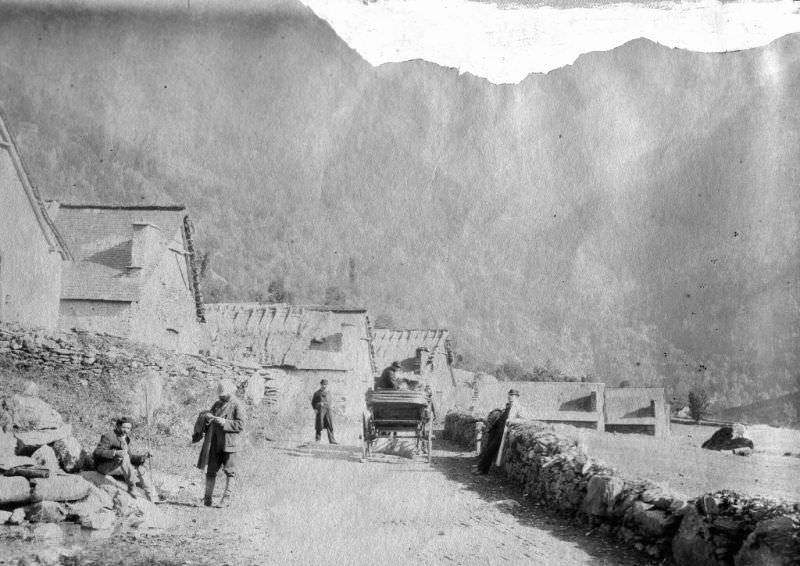
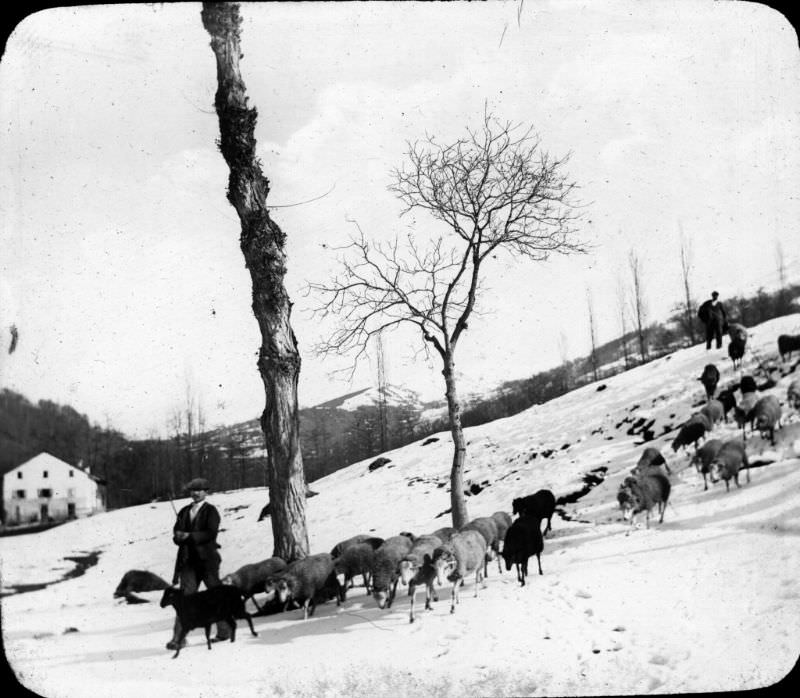
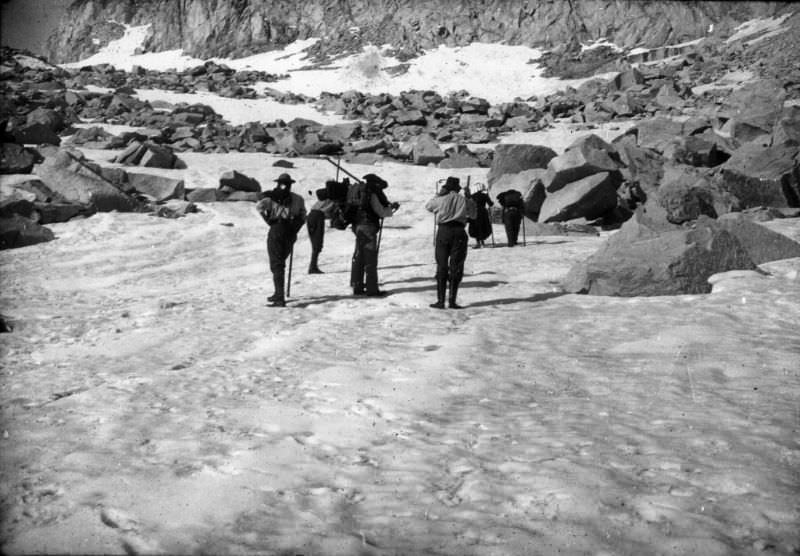
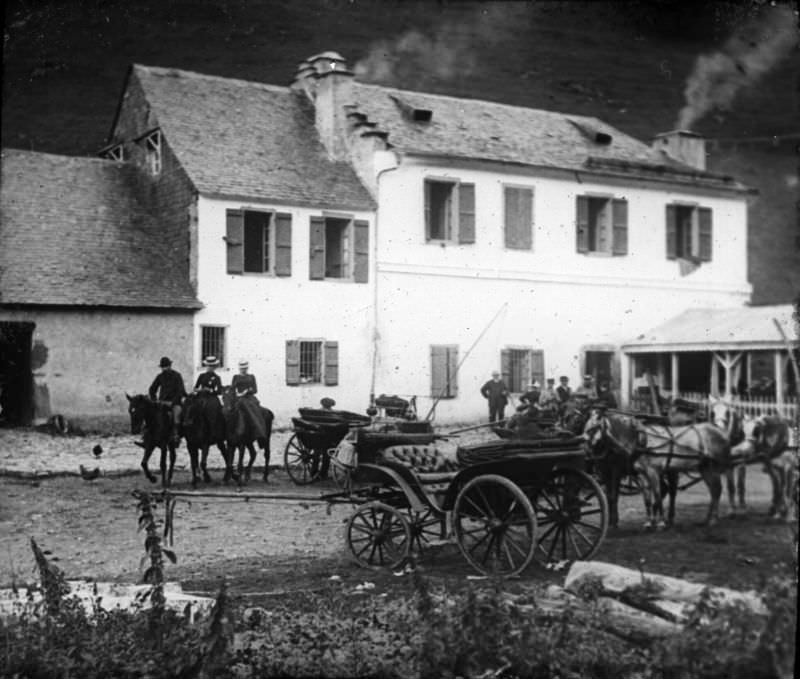
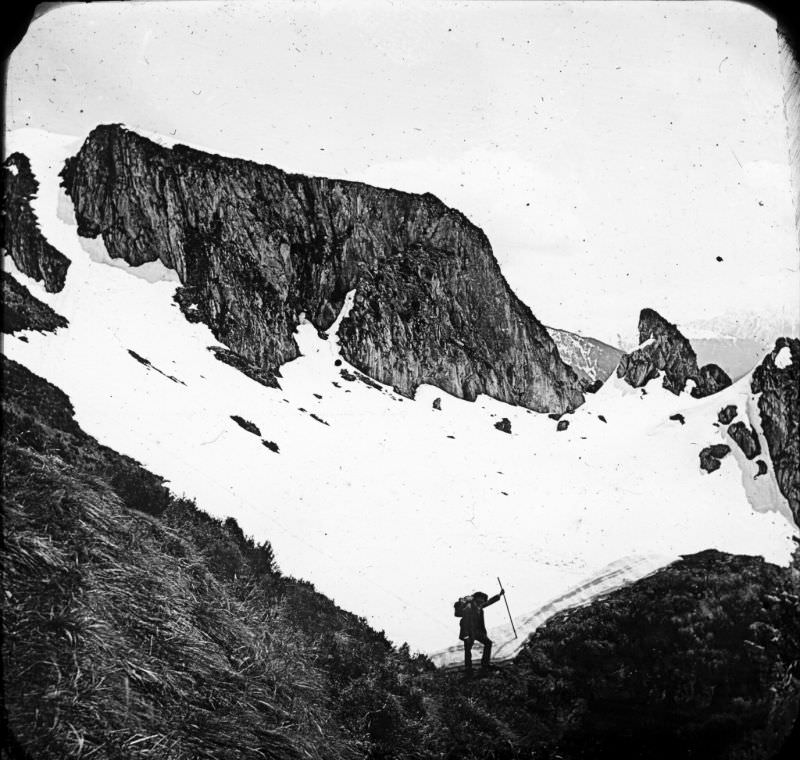
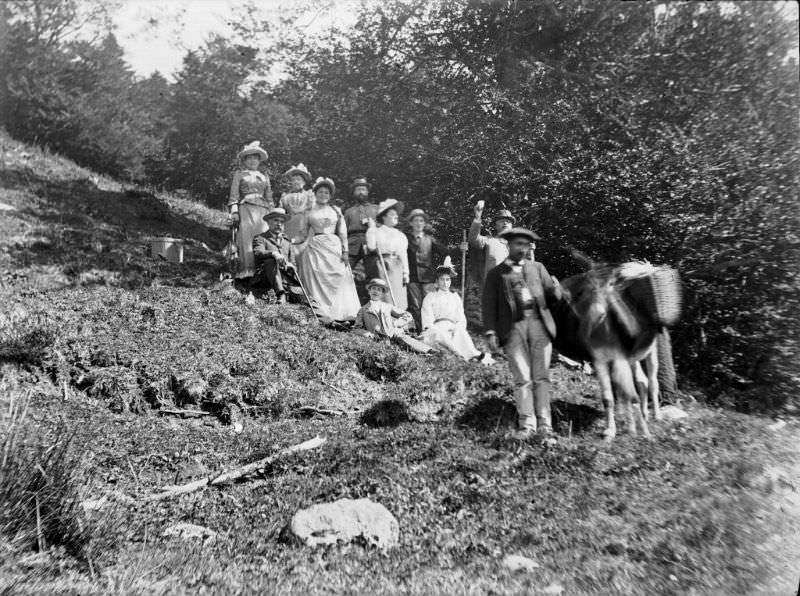
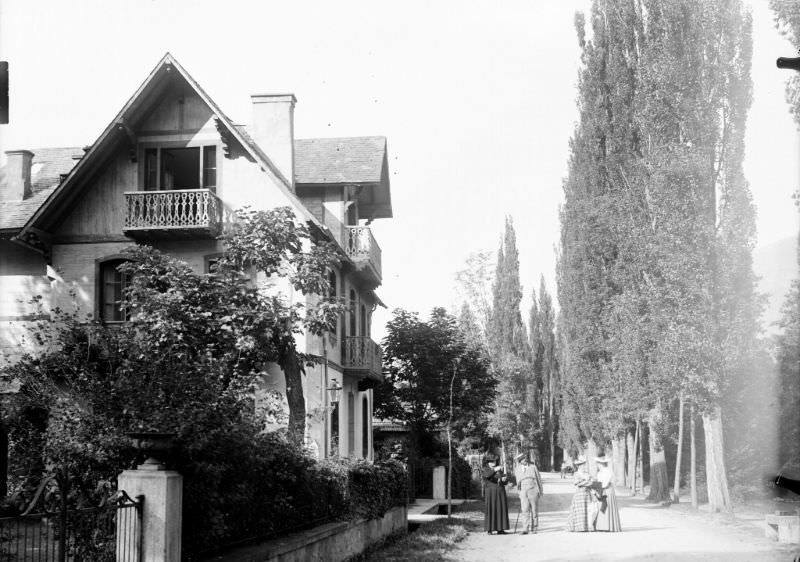
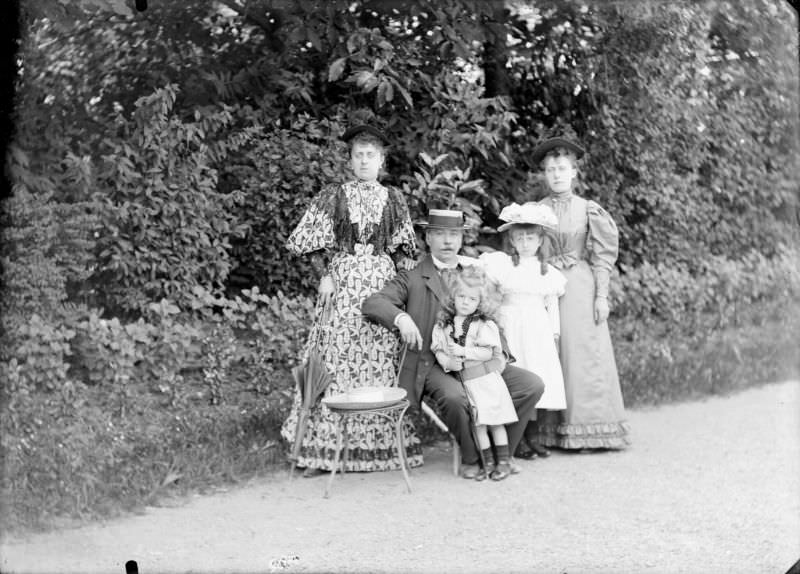
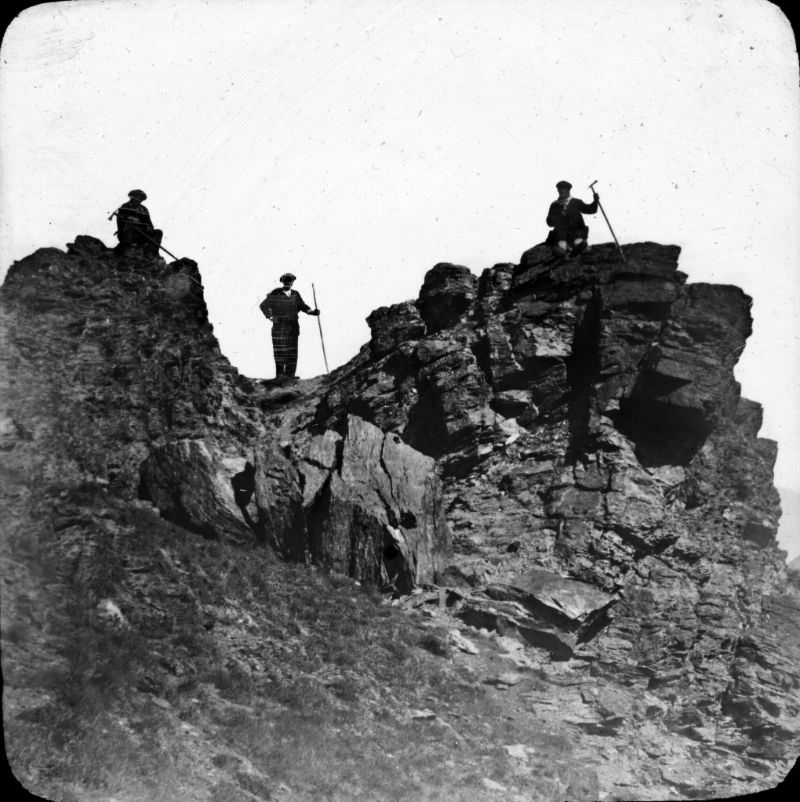
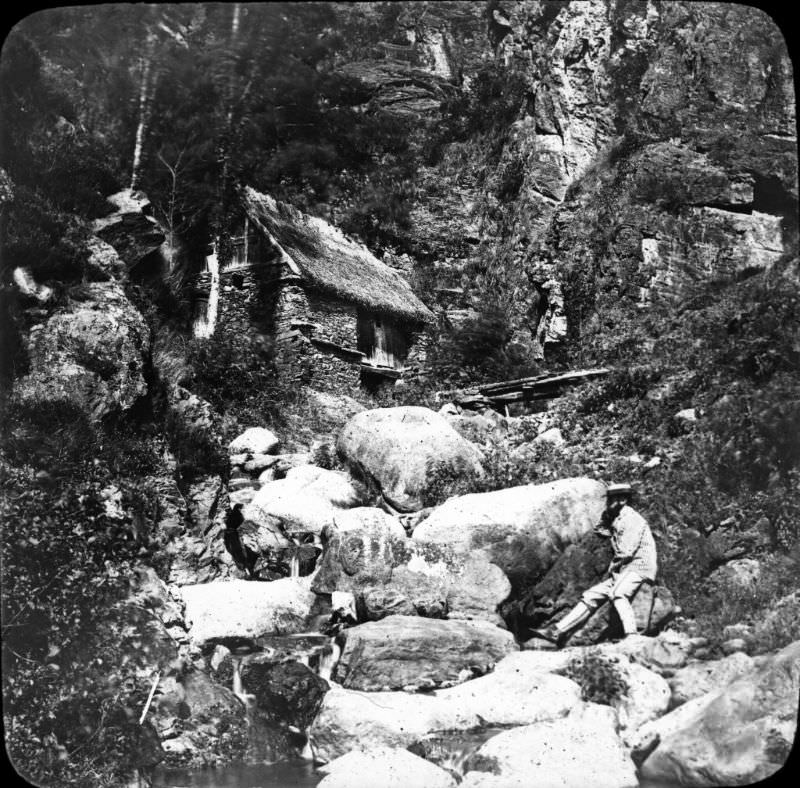
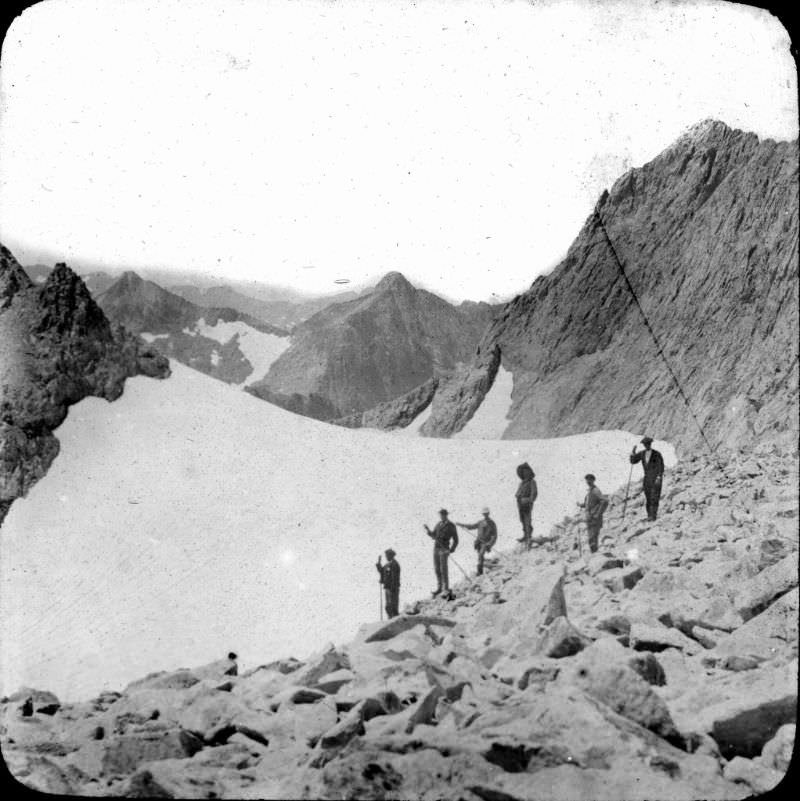
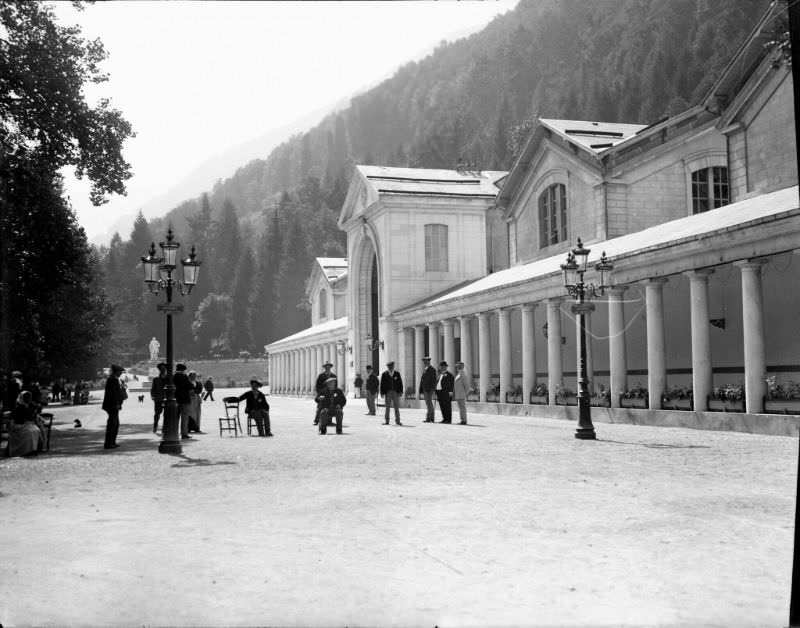
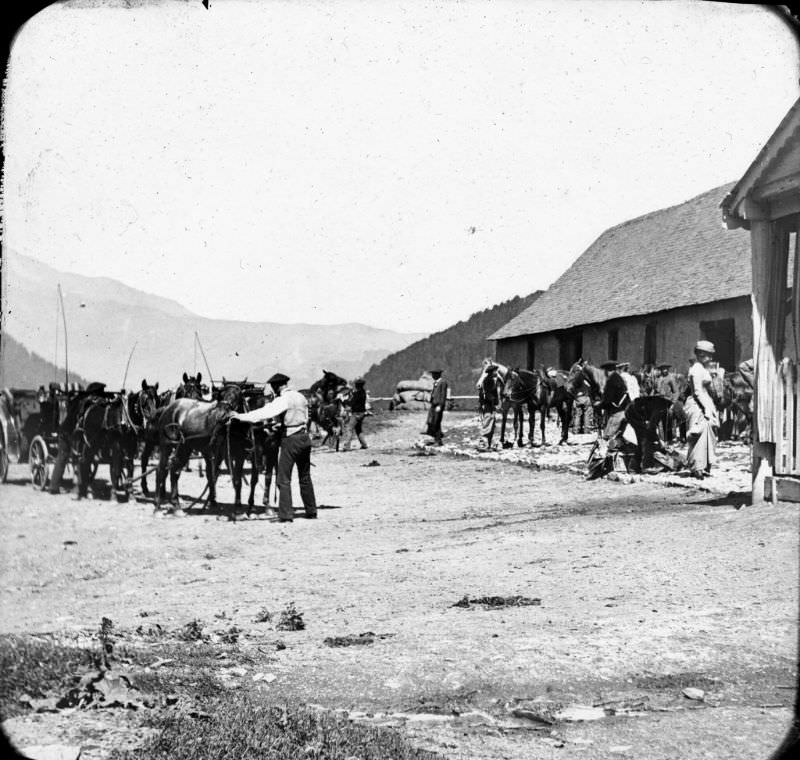
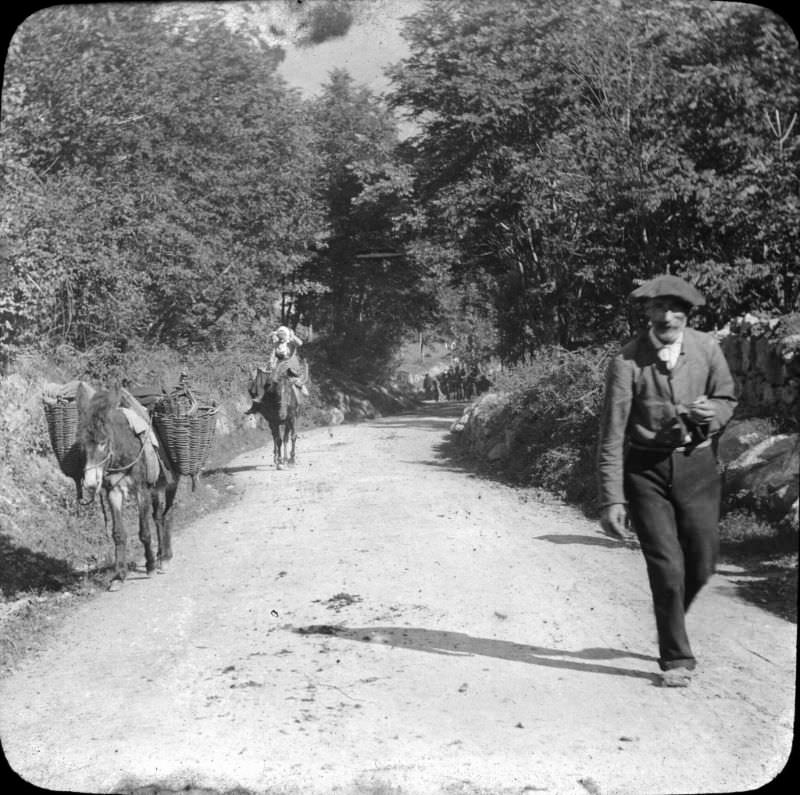
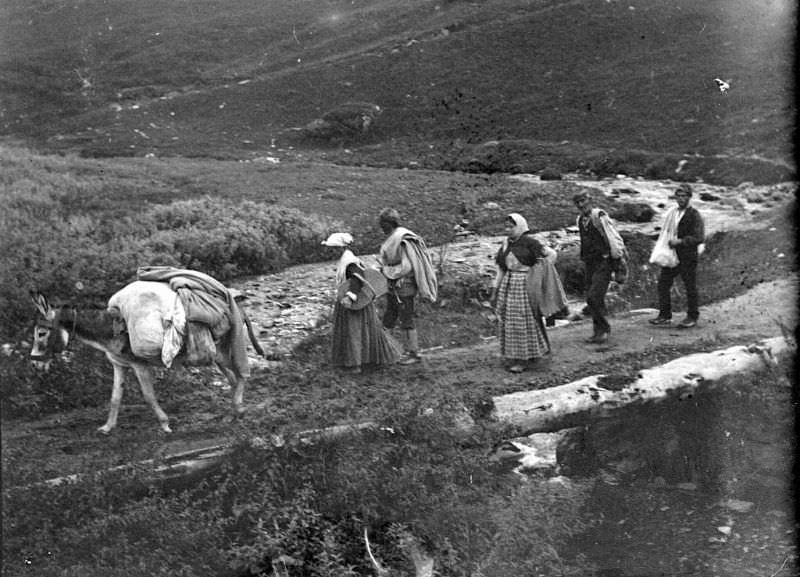
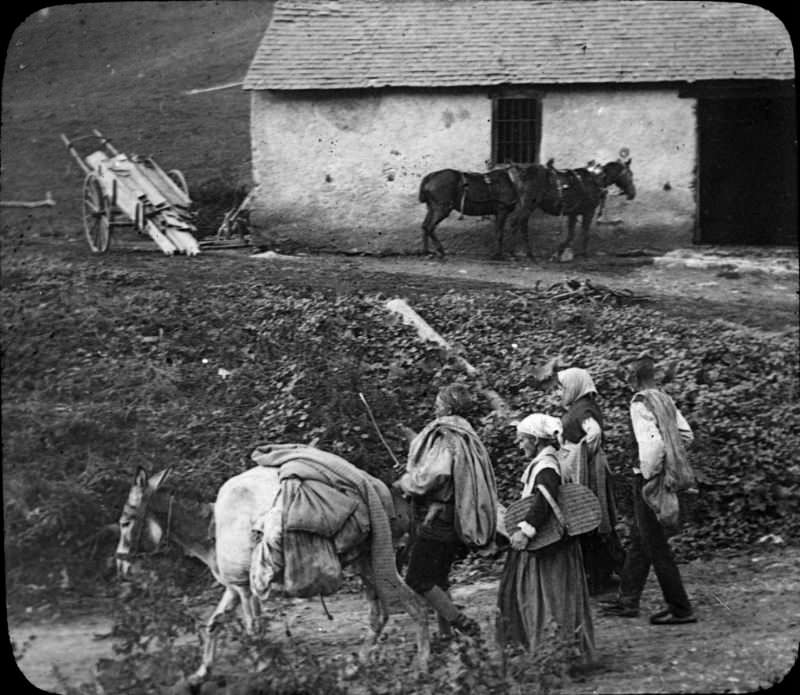
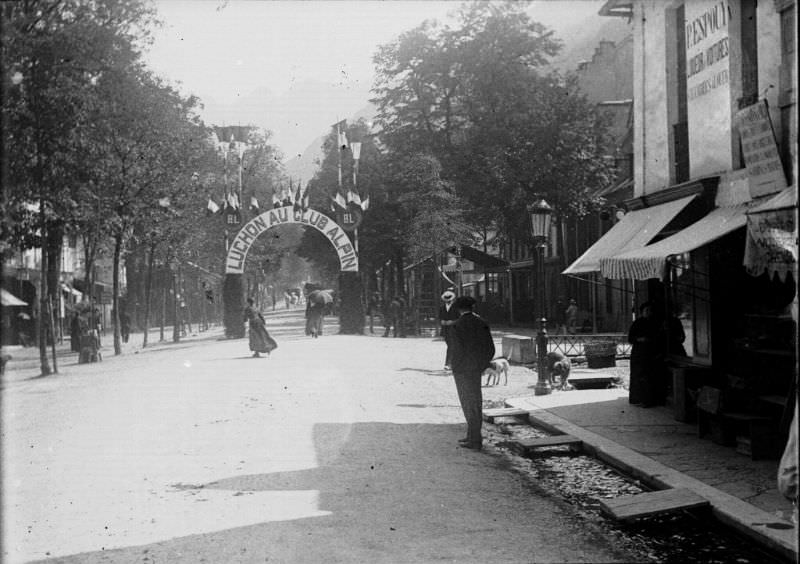
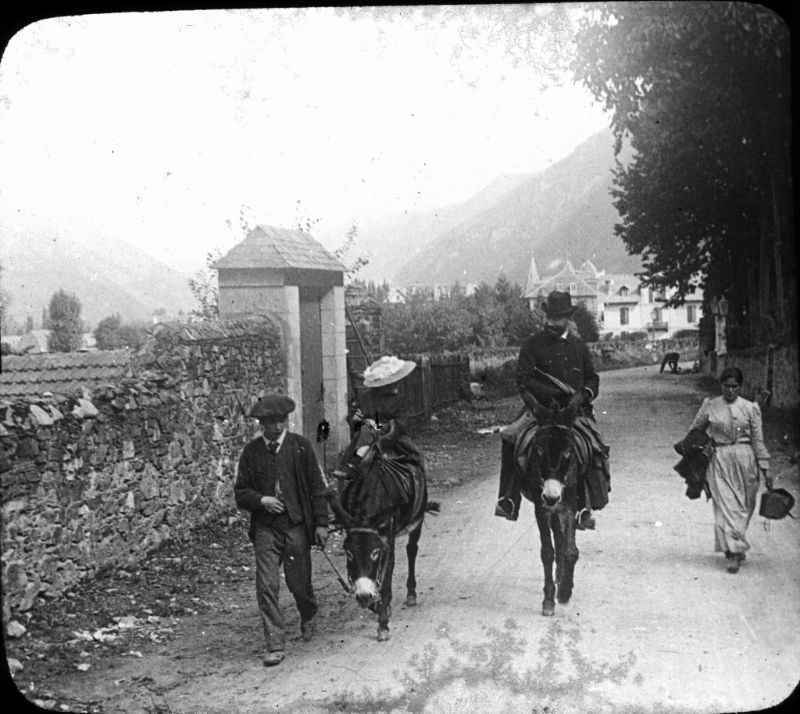
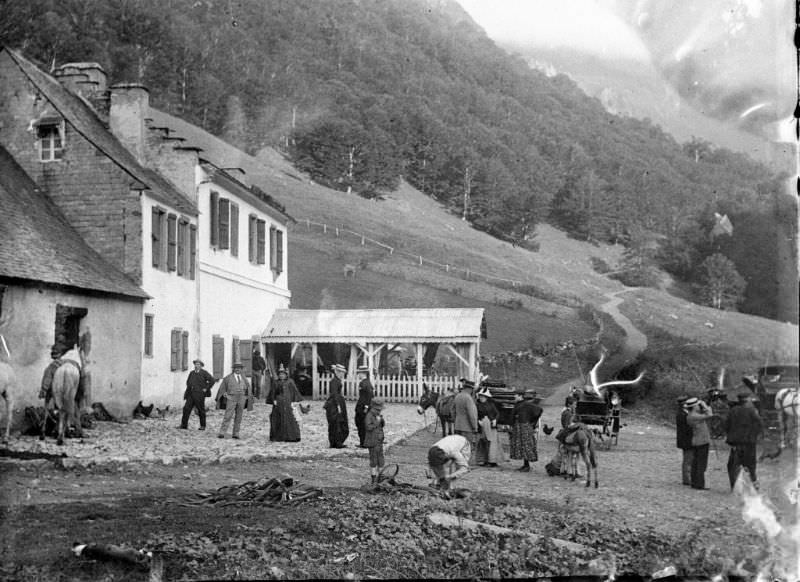
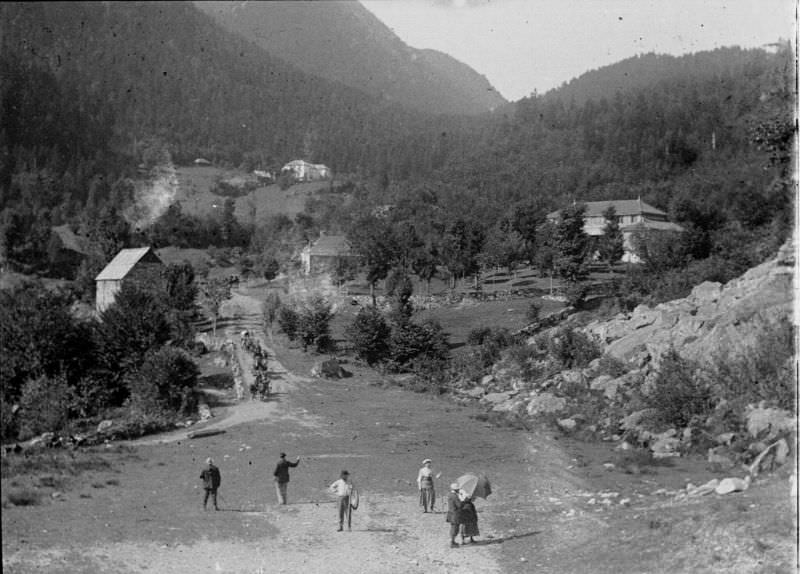
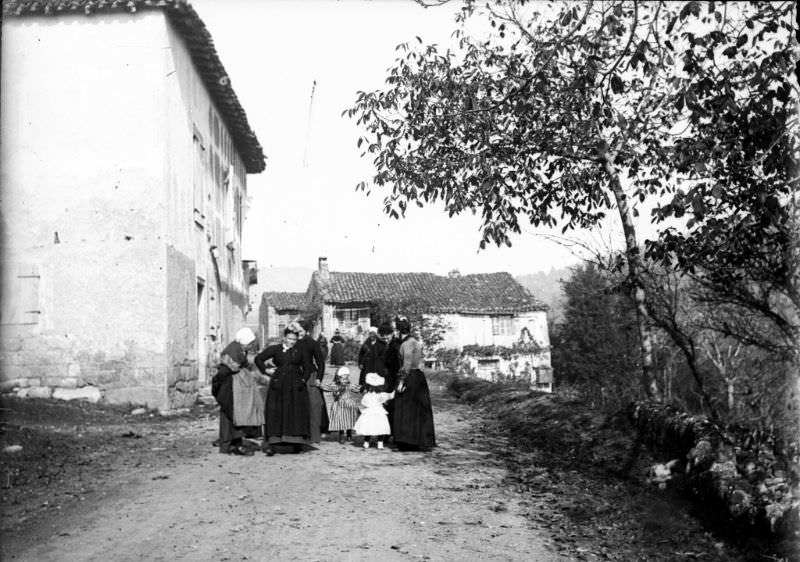
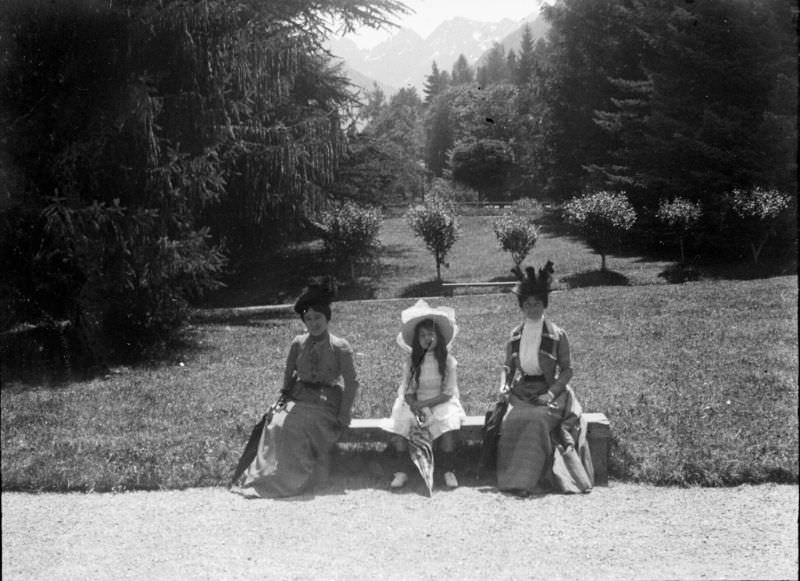
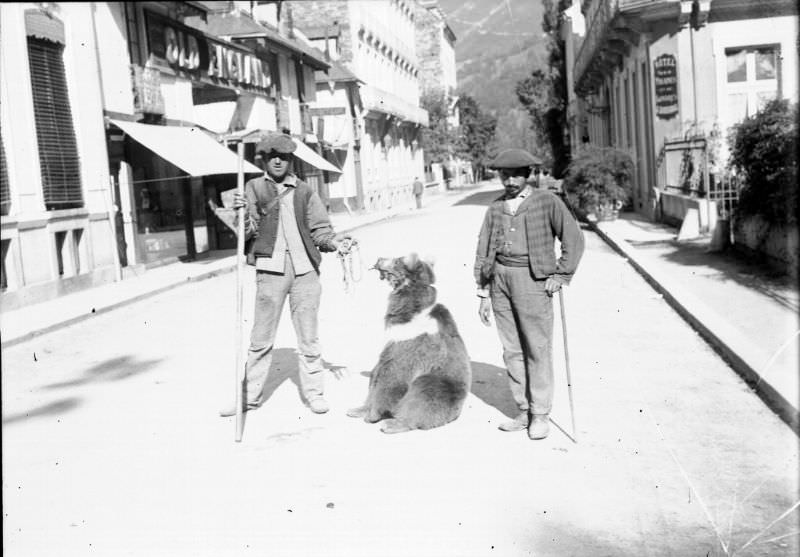
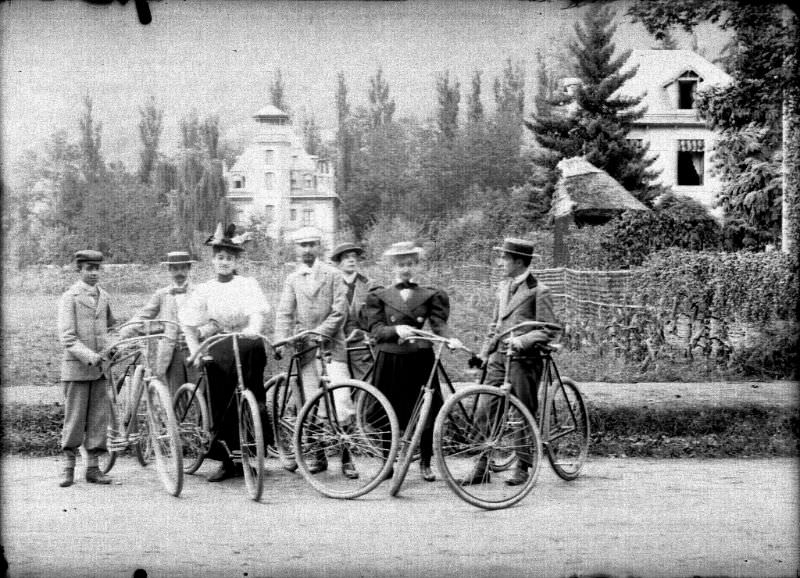
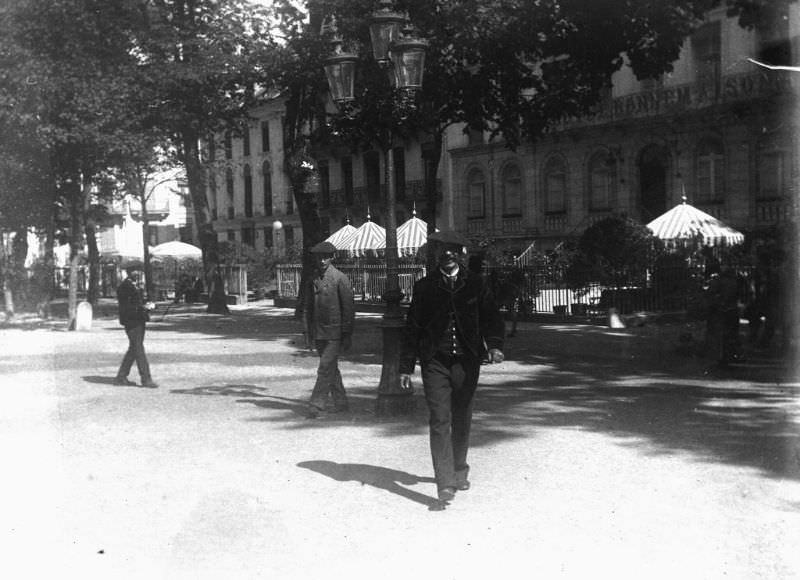
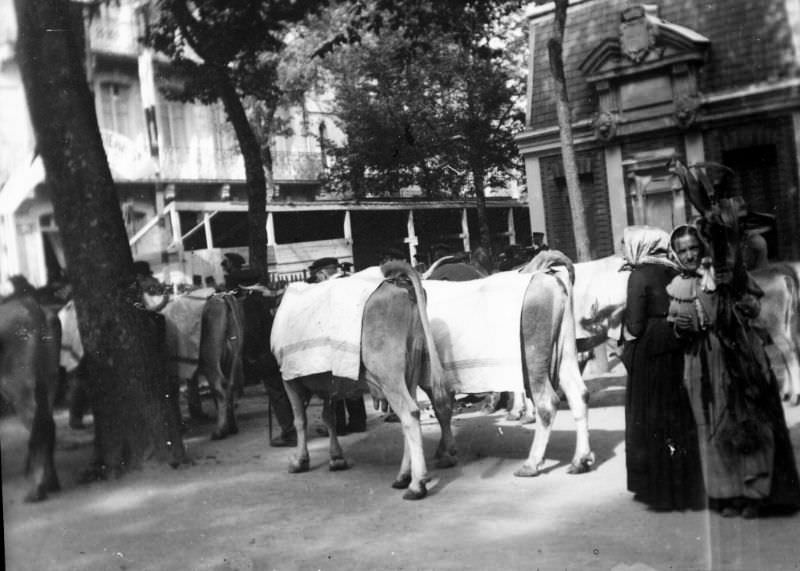
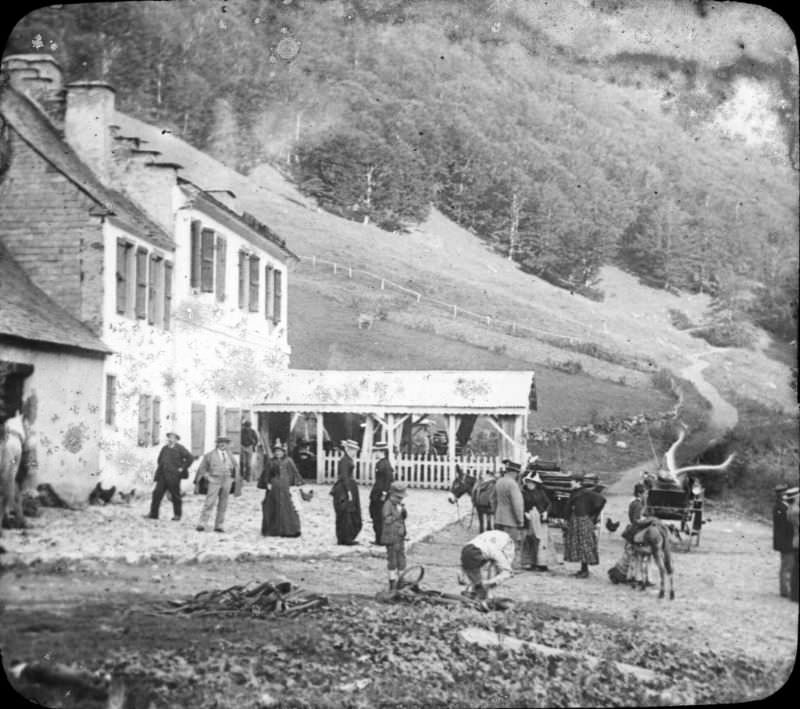
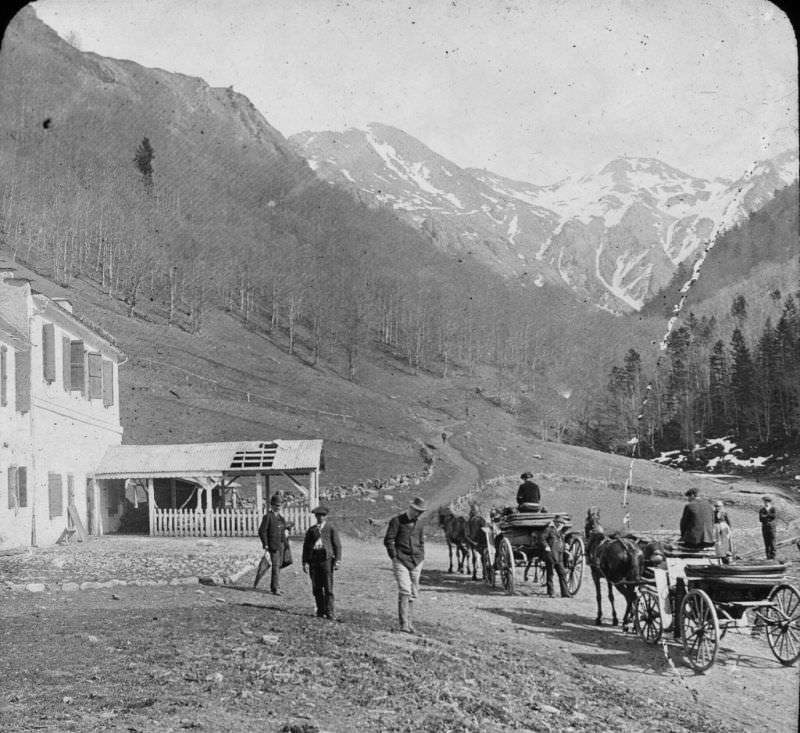
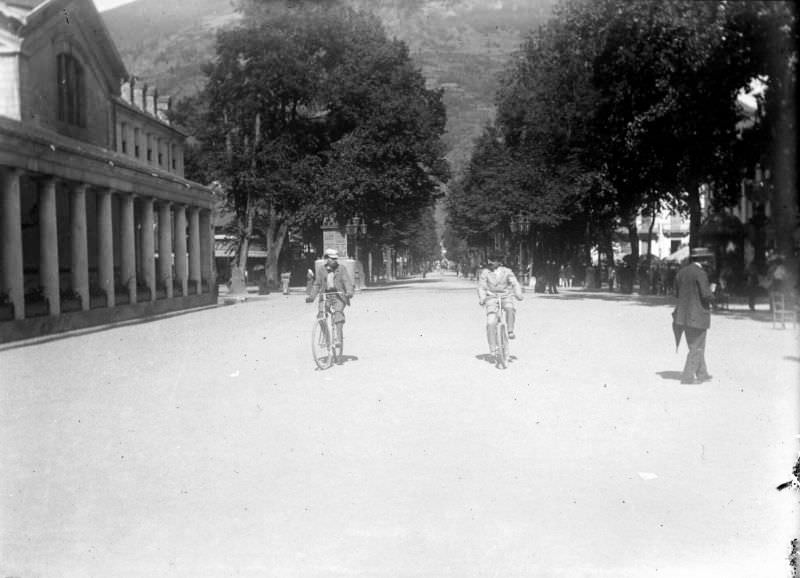
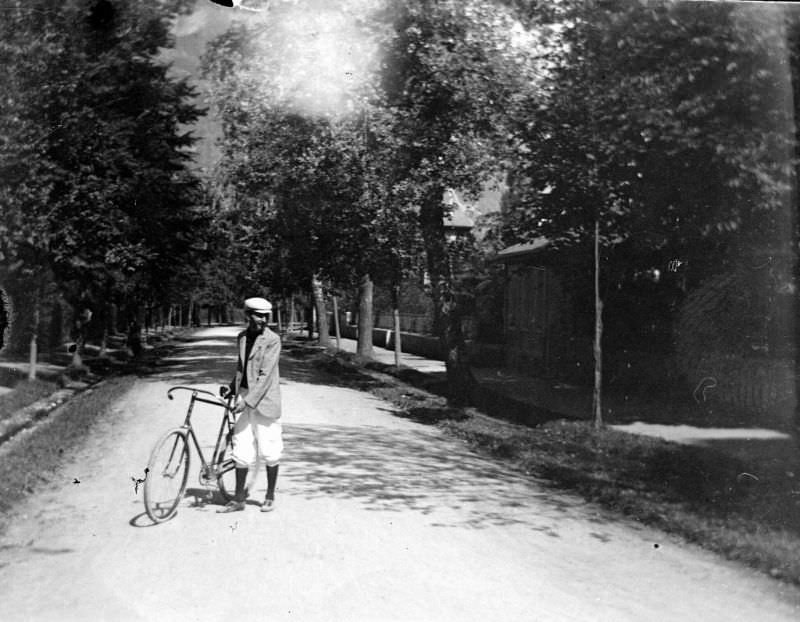
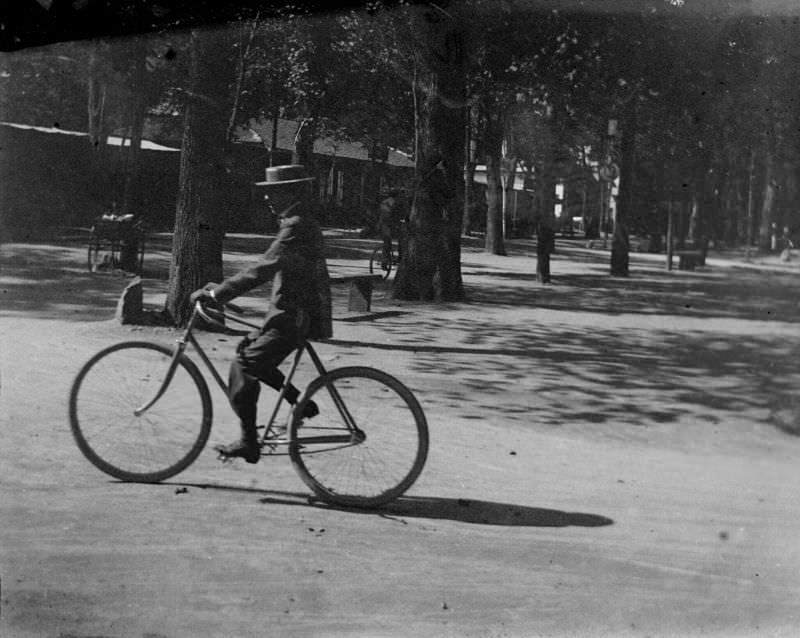
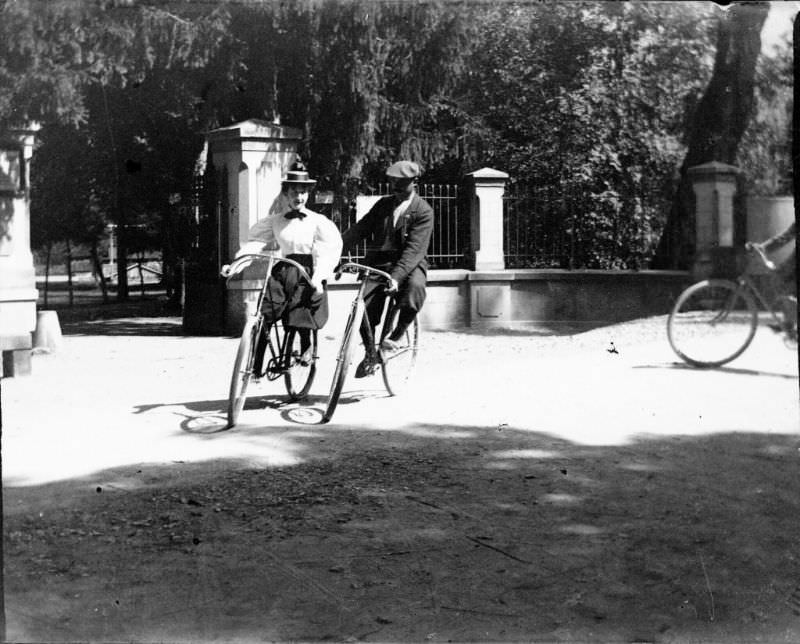
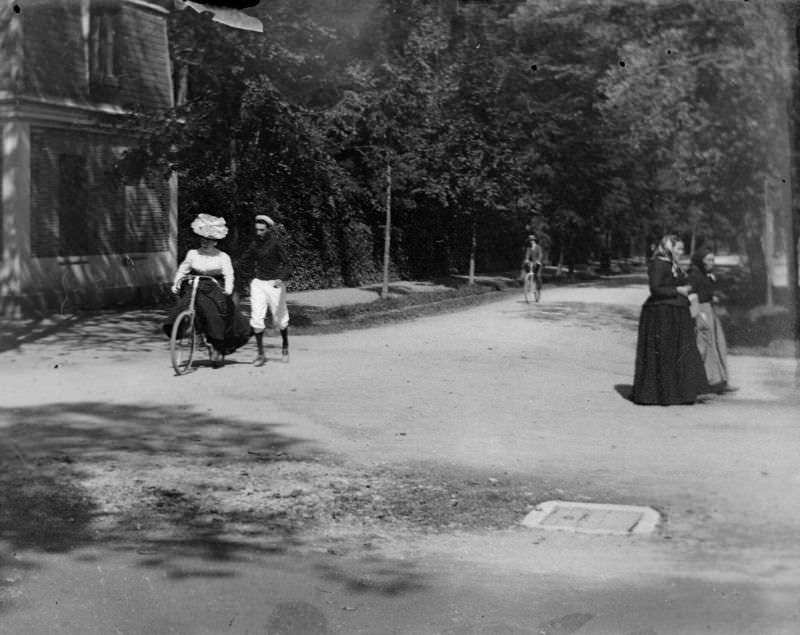
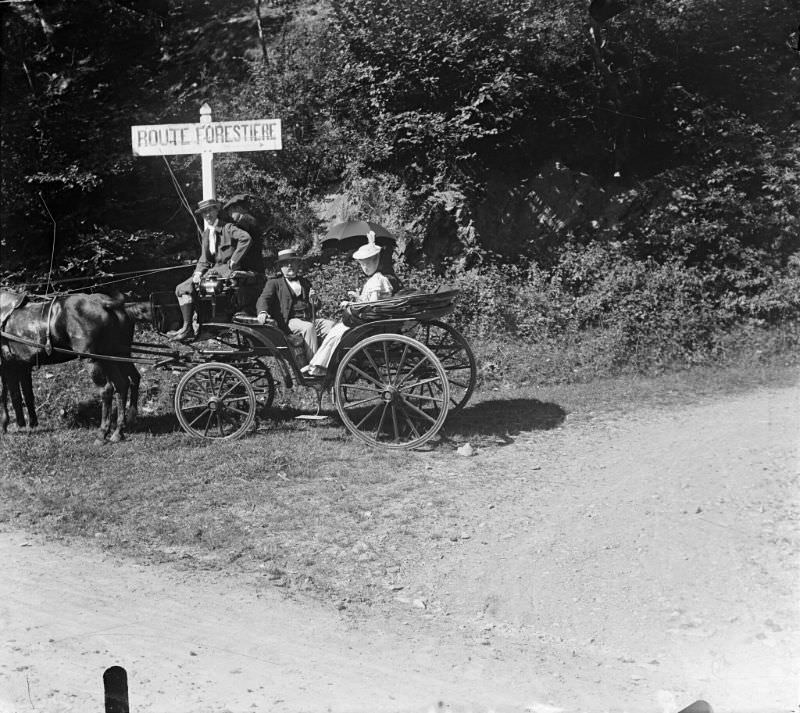
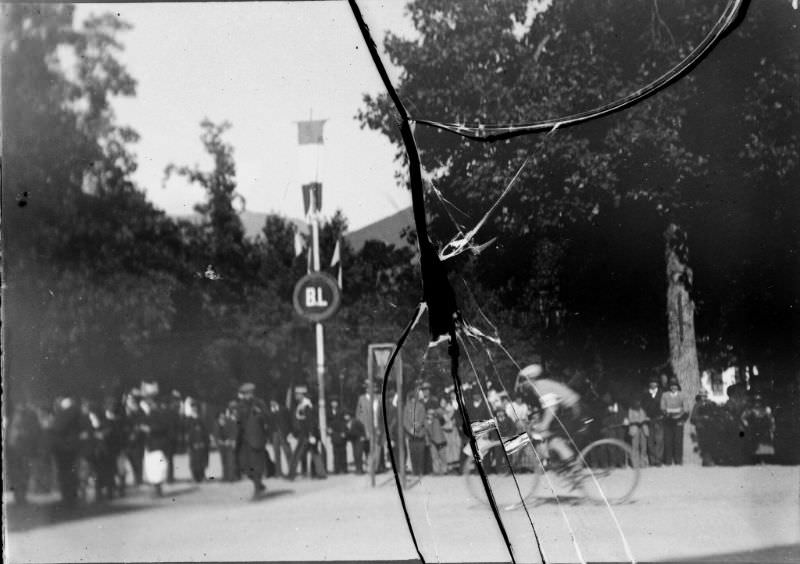
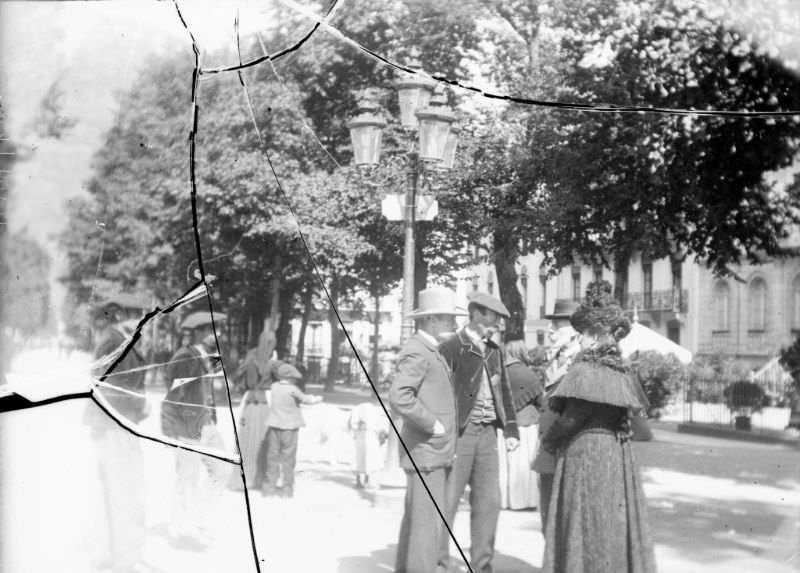
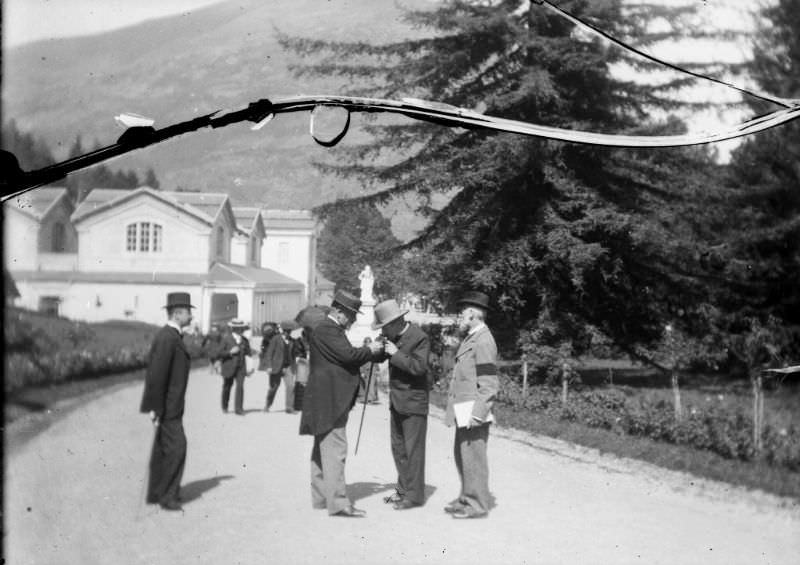
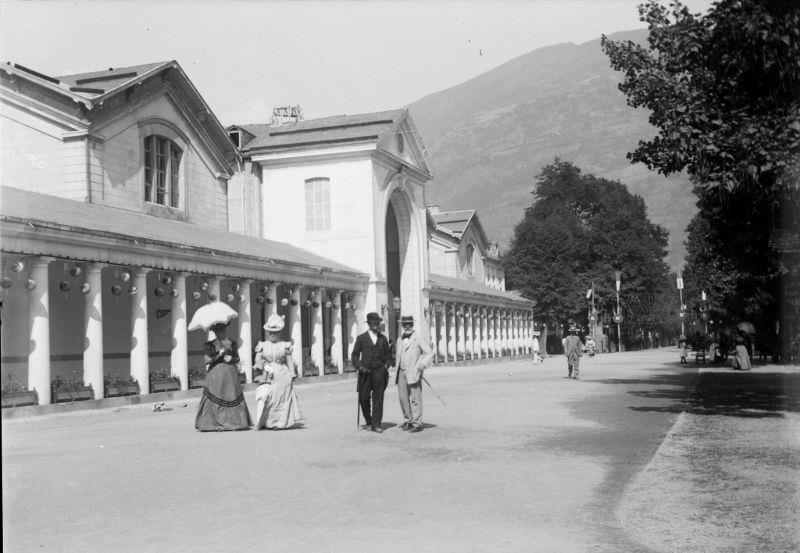
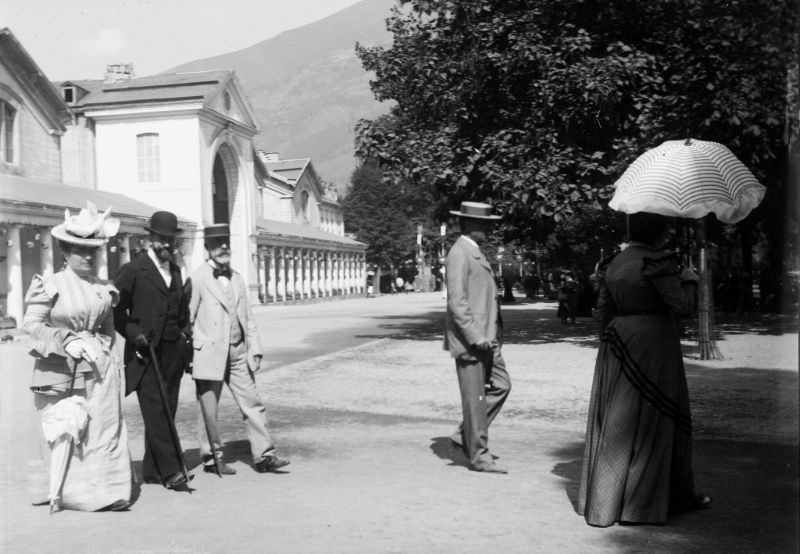
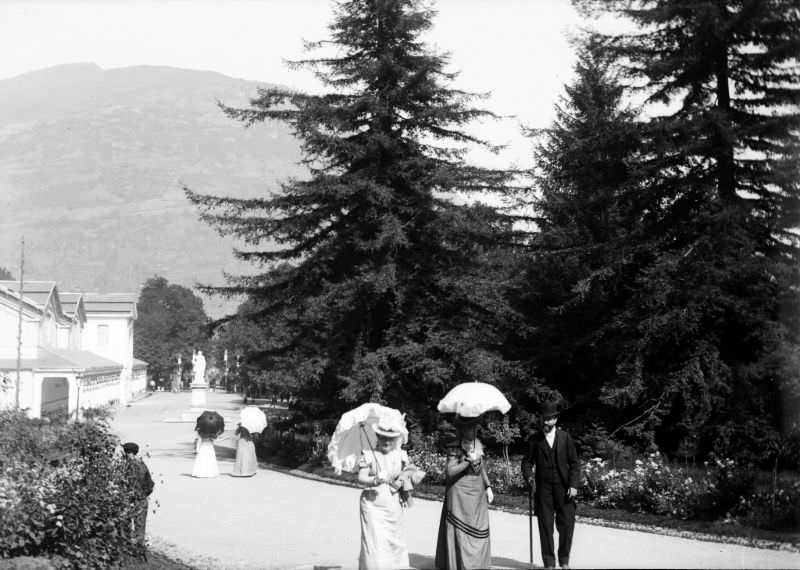
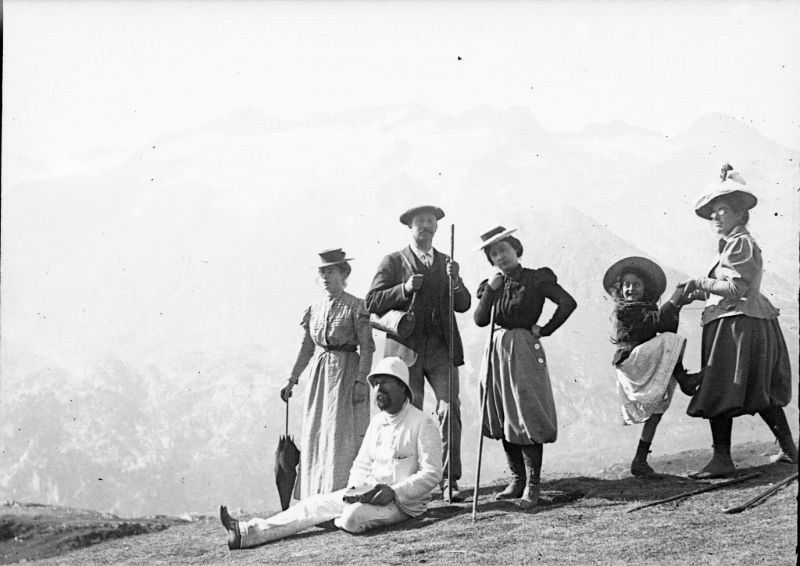
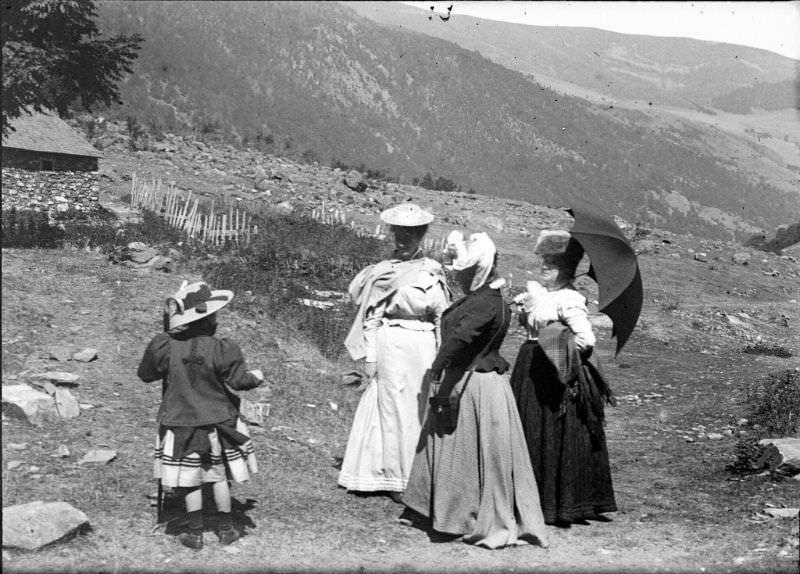
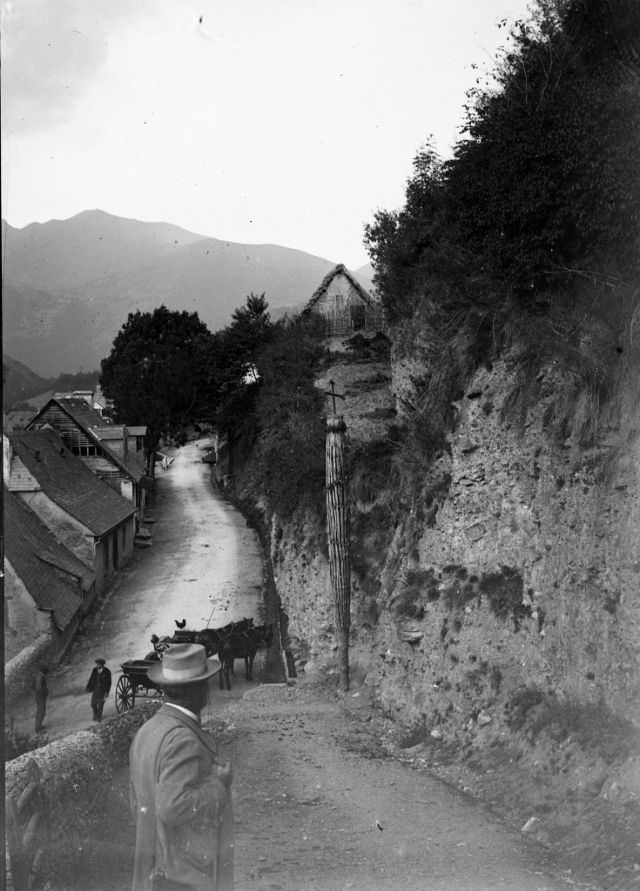
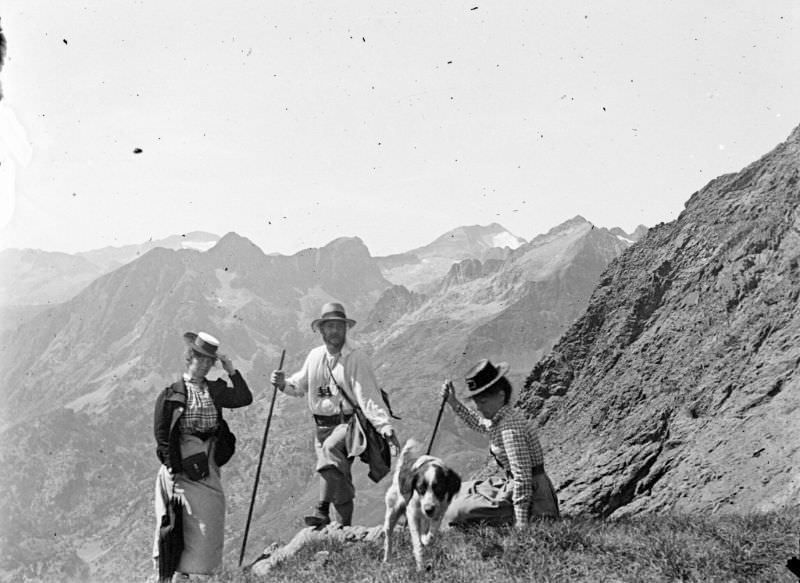
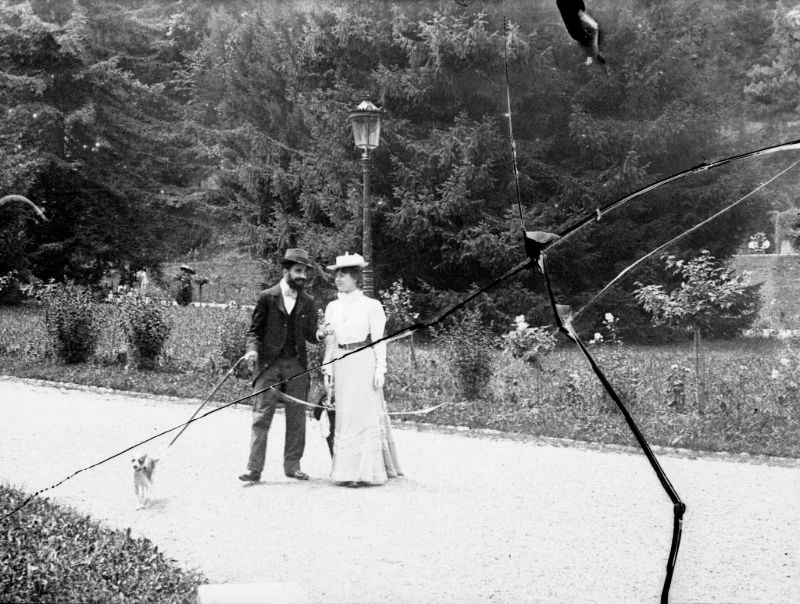
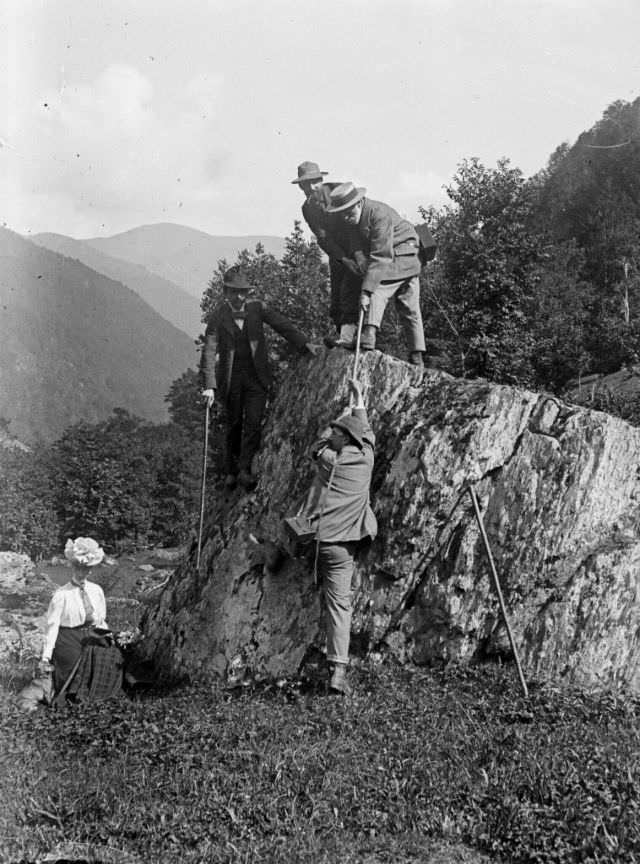
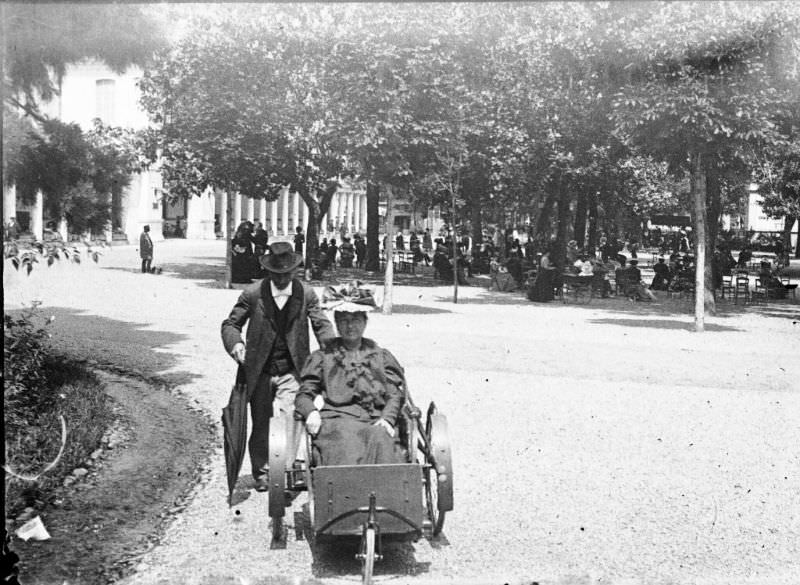
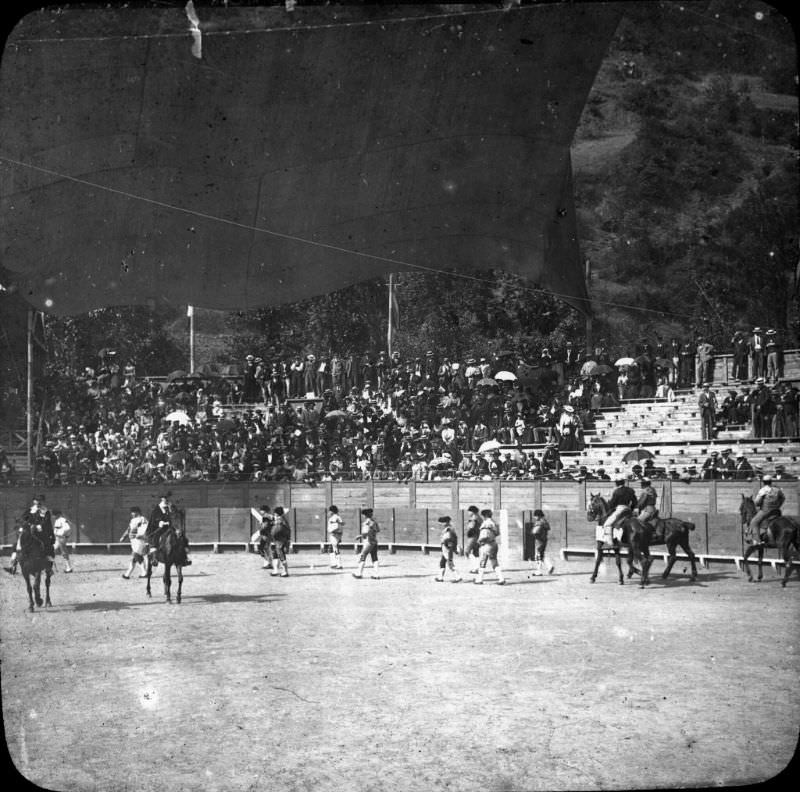
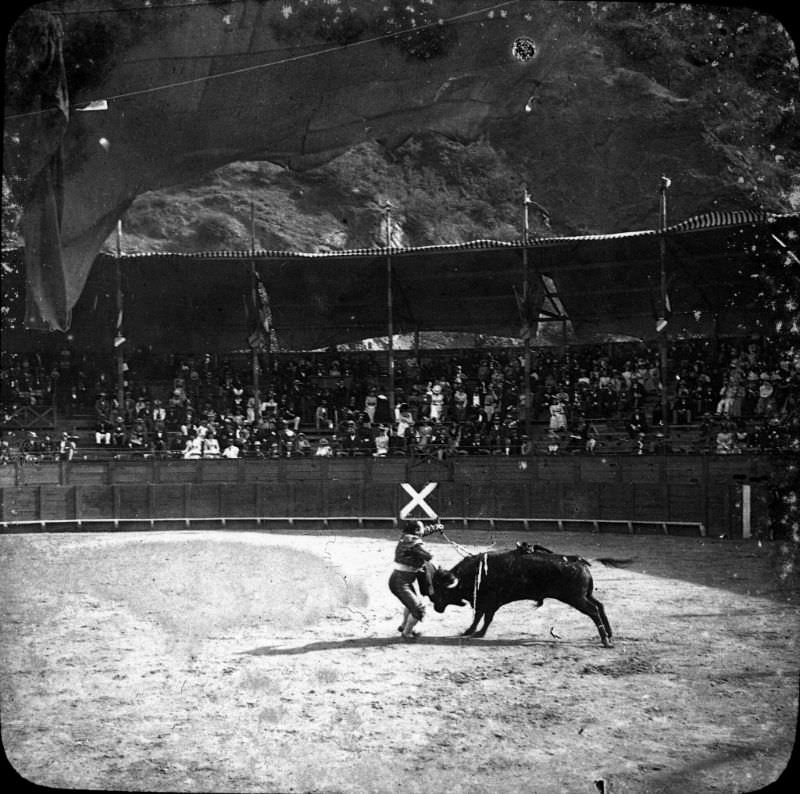

Luchon’s photo should appear under the banner.